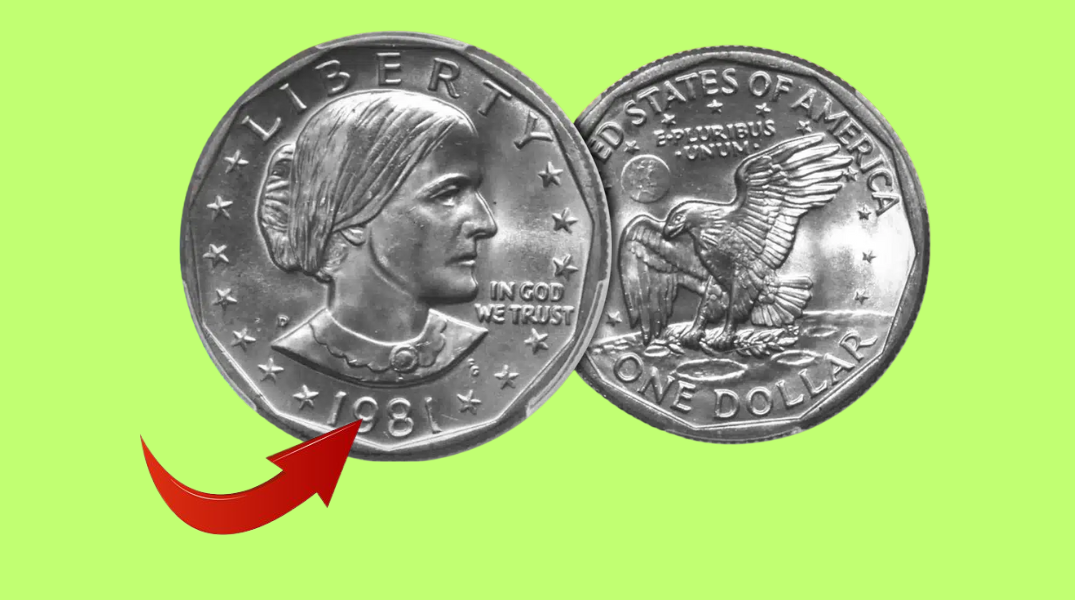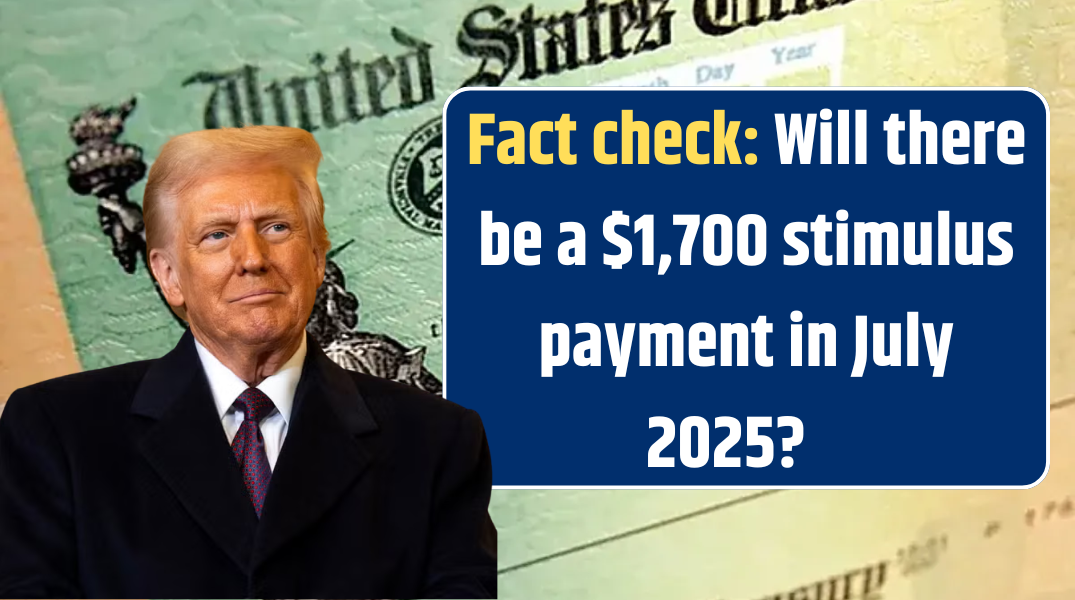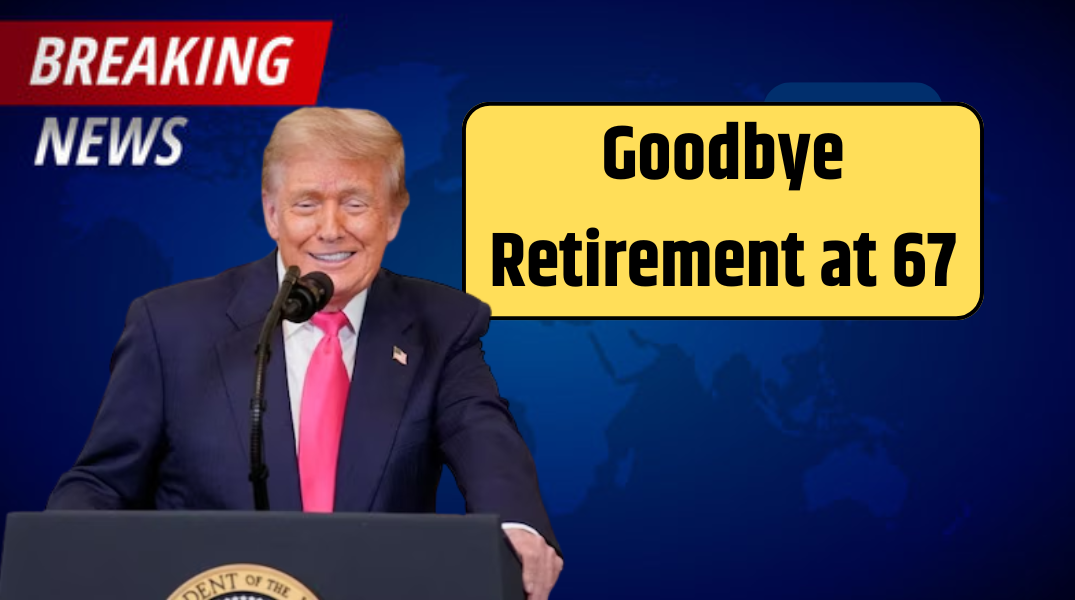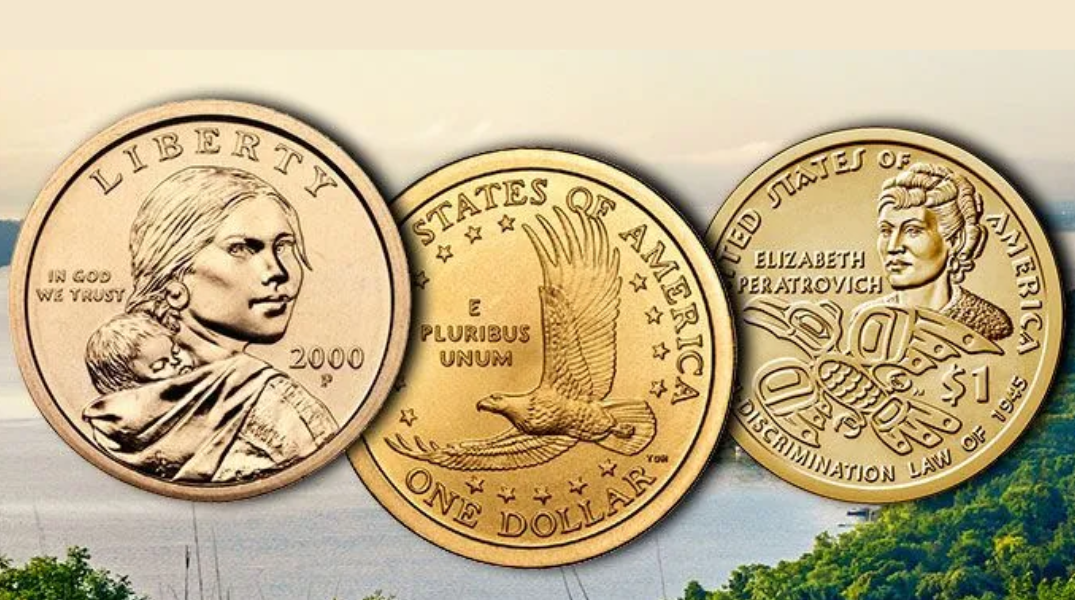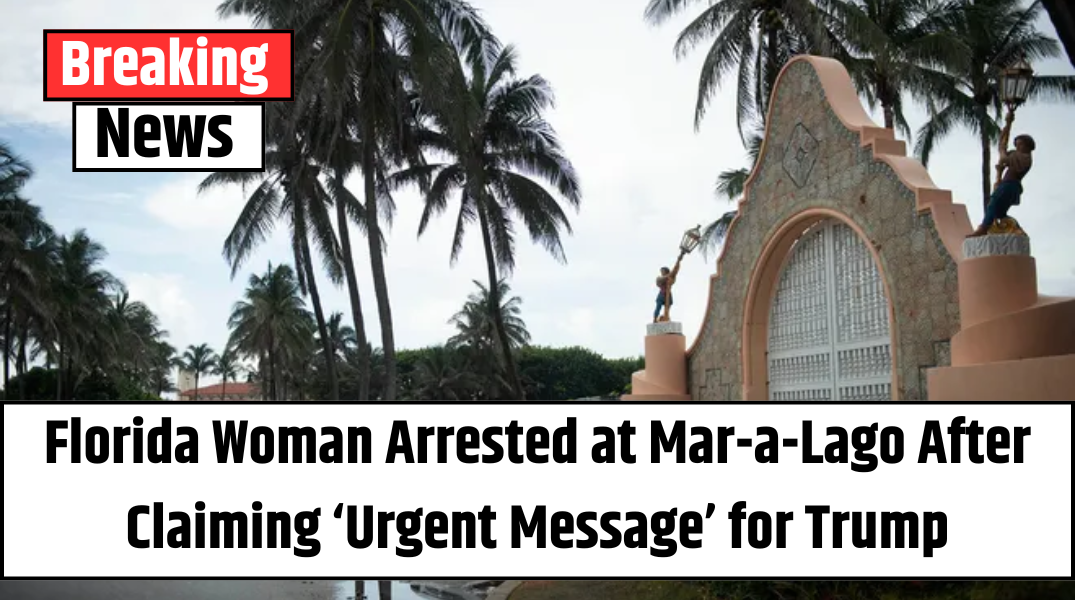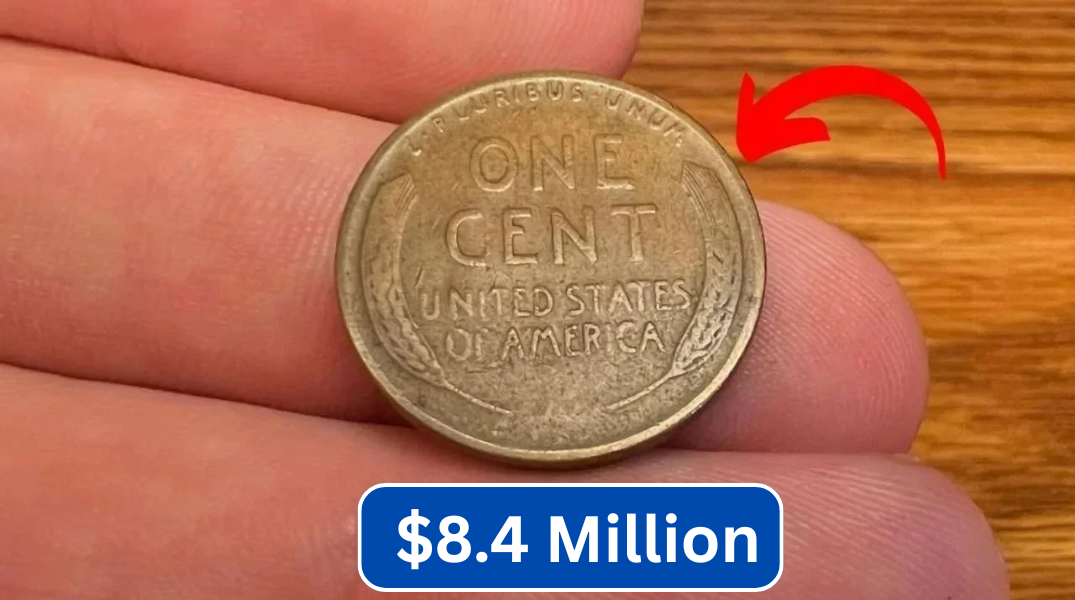Imagine finding a seemingly ordinary 25-cent coin in your change jar — only to discover it could be worth up to $270 million. It sounds like fantasy, but the buzz around rare Bicentennial Quarters has coin collectors across the U.S. double-checking their wallets.
Let’s unpack the fascinating story behind these historic coins, what makes them potentially priceless, and how you might identify one of the elusive gems.
The Origin of the Bicentennial Quarter
To celebrate America’s 200th birthday, the U.S. Mint released a special edition quarter between 1975 and 1976. Rather than featuring the traditional bald eagle on the reverse, these quarters showcased a Colonial drummer boy, a torch surrounded by 13 stars representing the original colonies, and the dual dates “1776–1976.”
The front still features George Washington, but the unique reverse design was a patriotic tribute that captured the spirit of the Bicentennial.
Over 1.6 billion Bicentennial quarters were minted, making them easy to find — but only a tiny number have features that could make them worth thousands or even millions.
What’s Fueling the $270 Million Hype?
While it’s unlikely any Bicentennial quarter has truly sold for $270 million, collectors speculate that eight extremely rare specimens might exist with extraordinary characteristics — such as:
-
Being struck on the wrong metal (like gold or an experimental blank)
-
Containing dramatic minting errors (like a double die)
-
Being in flawless mint state condition (graded MS-67 or higher)
These “error coins” and silver versions made in San Francisco (marked with an “S”) are especially sought after. While most of these coins won’t pay off your mortgage, a perfect-condition specimen or a dramatic mint error has been known to fetch upwards of $10,000–$20,000 at auctions.
Also Read – The Lincoln Wheat Penny Valued at $9,200,000, Still in Circulation
Signs You May Be Holding a Rare Quarter
Want to see if your pocket change holds hidden treasure? Here’s what to look for:
1. The Date
Make sure the quarter reads “1776–1976” on the front.
2. The Mint Mark
-
“D” for Denver
-
“S” for San Francisco (silver versions!)
-
No mark = Philadelphia
3. Silver Composition
Some San Francisco quarters were minted with 40% silver. These will feel heavier (about 5.75 grams) and won’t show a copper edge.
4. Minting Errors
Use a magnifier to check for:
-
Double stamping (especially in “LIBERTY” or “IN GOD WE TRUST”)
-
Off-center designs
-
Extra or missing details
5. Condition
A near-perfect condition (graded MS67+) can multiply the value.
Interesting Coin Fact: The Drummer Boy Was Inspired by Real History
The design of the Bicentennial quarter isn’t just symbolic — it reflects the story of early American patriots, many of whom were teenagers or even younger. The drummer boy became a symbolic figure in Revolutionary War history, responsible for relaying commands during battle. That same symbolism was carried into the coin’s design, chosen through a nationwide competition.
What to Do If You Think You’ve Found a Rare One
✅ Don’t Clean It!
Cleaning a coin can destroy its numismatic value.
Also Read – The Lincoln Wheat Penny Valued at $5,200,000, Still in Circulation
✅ Store It Safely
Use a plastic coin flip or hard holder to protect it from damage.
✅ Get It Graded
Reach out to professional grading services like PCGS or NGC.
✅ Talk to an Expert
A reputable coin dealer or auction house can help evaluate your coin’s market value.
FAQ: Rare Bicentennial Quarter
Q1: Are any Bicentennial quarters really worth $270 million?
🔸 There’s no verified sale of a Bicentennial quarter reaching $270 million. That number is more speculation or internet rumor. However, rare errors or ultra-high-grade examples can be worth tens of thousands of dollars.
Q2: What mint mark should I look for?
🔸 The “S” mint mark from San Francisco is key, especially for silver versions. These have higher collector value, particularly in proof or uncirculated condition.
Q3: What kind of errors should I look for?
🔸 Watch for doubled dies, off-center strikes, wrong metal planchets, and coins with unusual coloration or texture.
Q4: How do I weigh a silver quarter?
🔸 Silver Bicentennial quarters weigh around 5.75 grams, compared to the regular 5.67-gram copper-nickel quarters.
Q5: Can I still find these in circulation?
🔸 Yes! While rare, some valuable examples could still be hiding in jars, rolls of quarters from the bank, or even spare change from a store.
Final Thoughts: Treasure Hiding in Plain Sight
While most Bicentennial quarters are still just worth 25 cents, the possibility that one might be extraordinarily rare keeps collectors — and everyday Americans — checking their change. With the approach of the 250th U.S. anniversary in 2026, interest in historical coins like these is heating up.
So the next time you’re handed change, take a second look — you just might be holding a tiny piece of history that could turn into a life-changing discovery.

